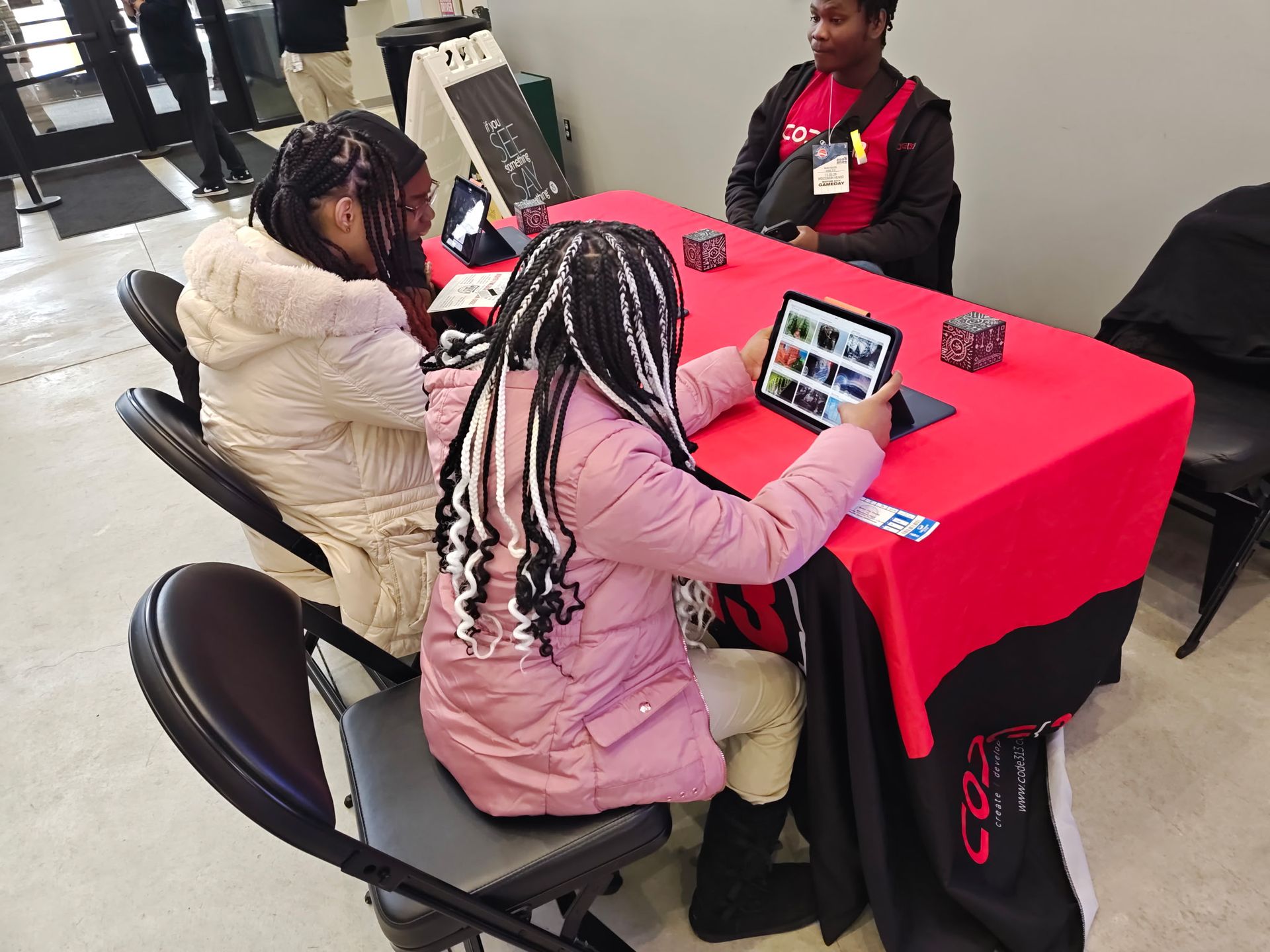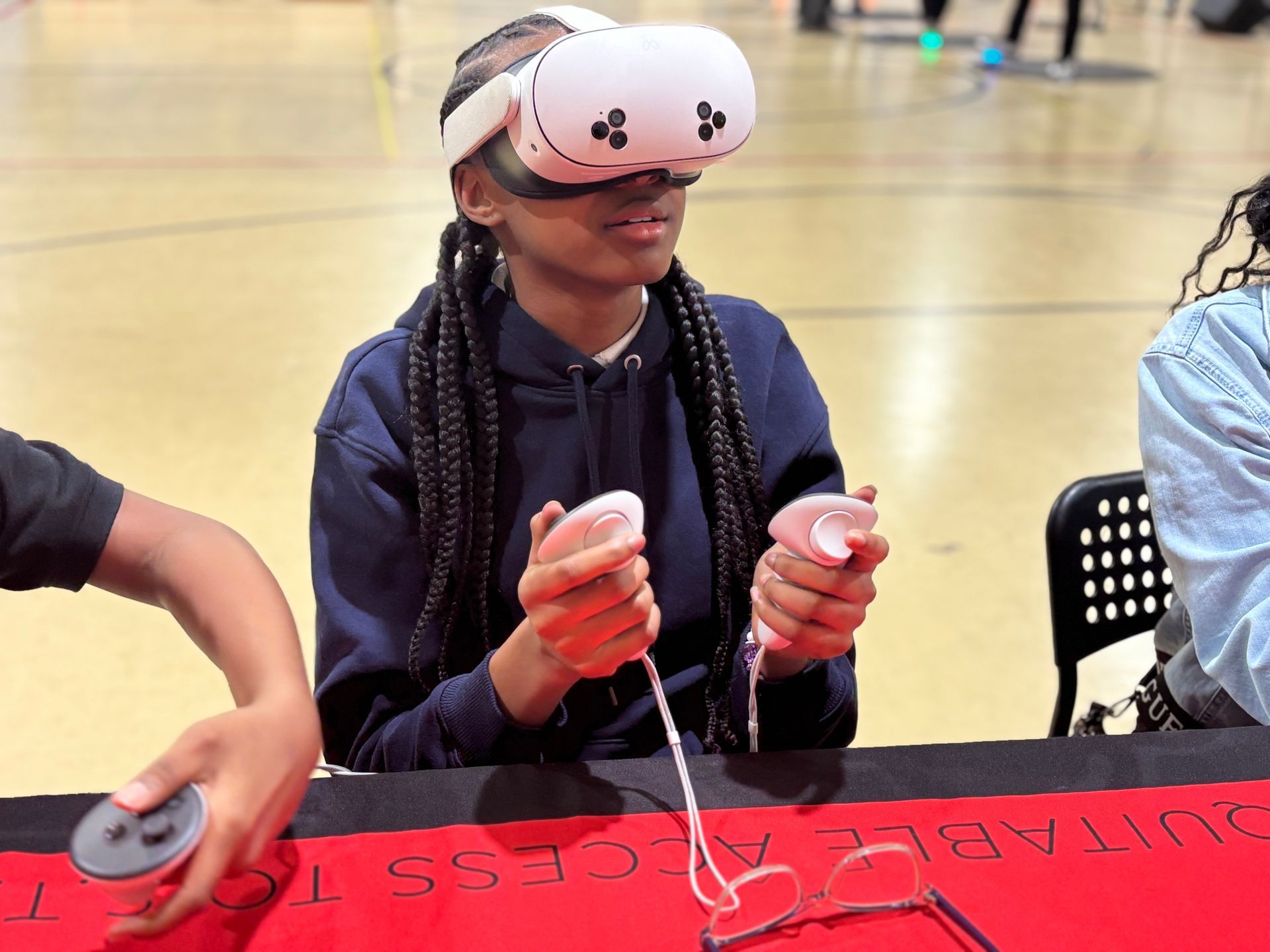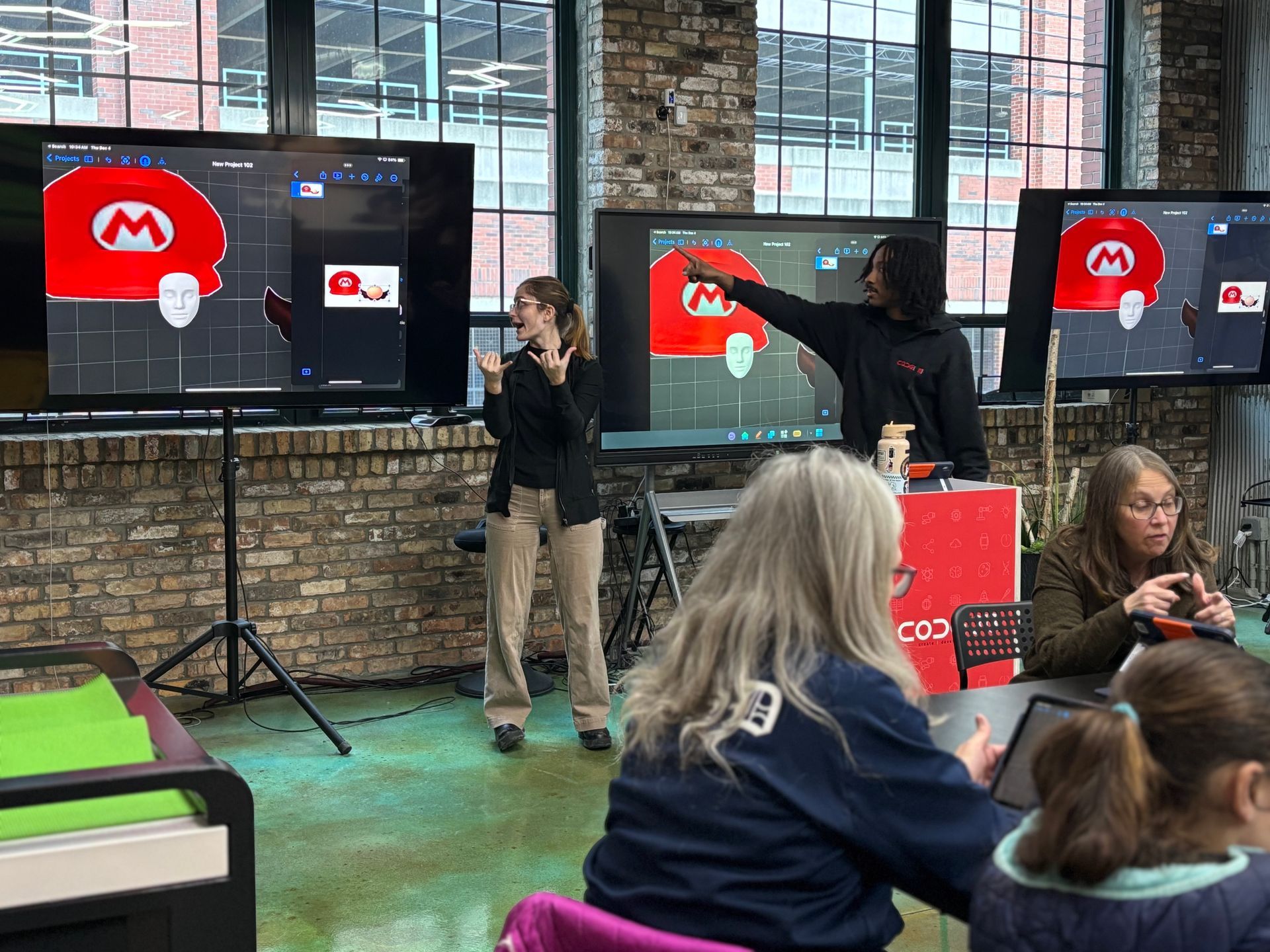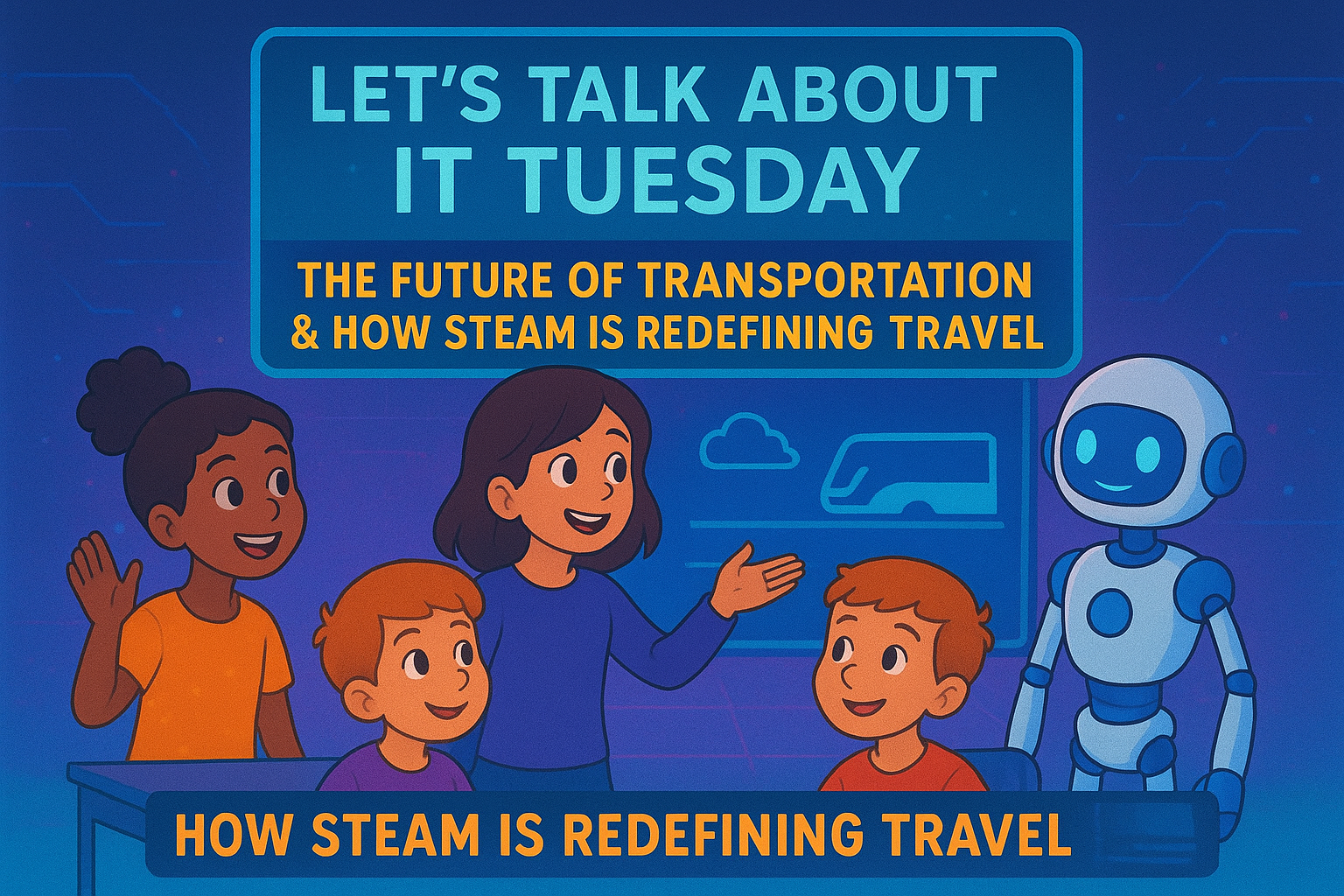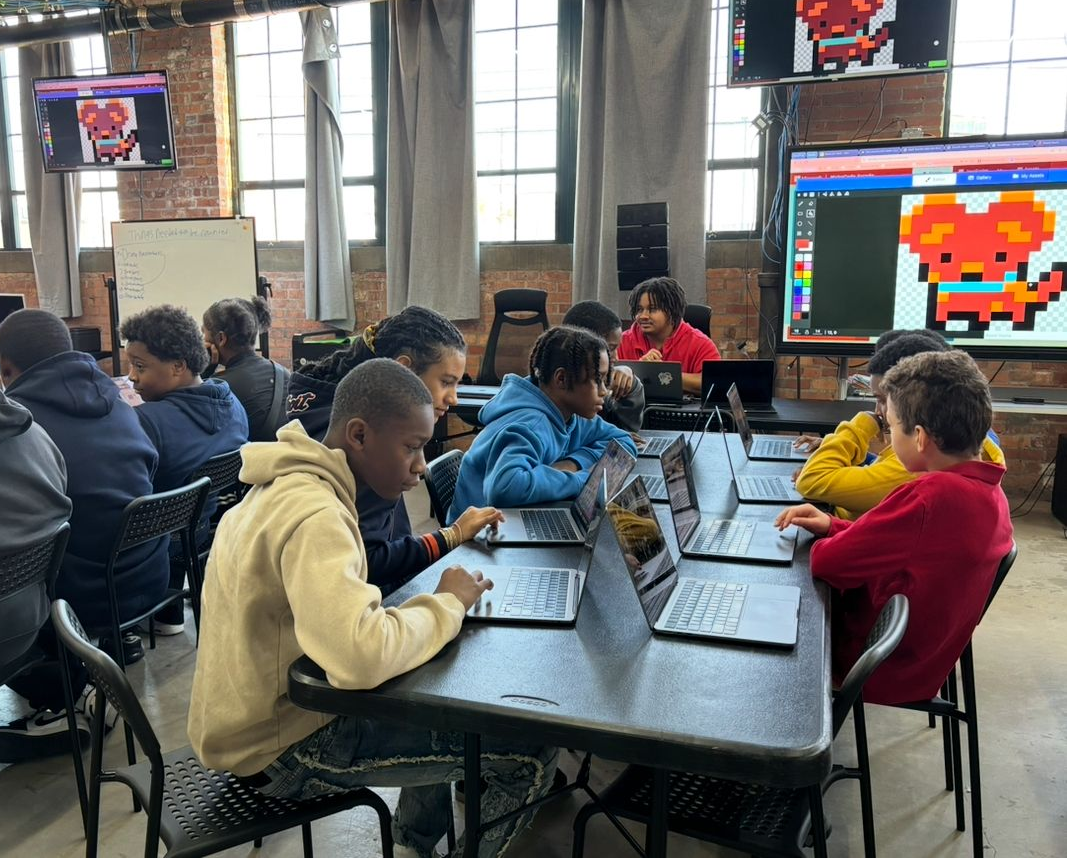Let’s Talk About It Tuesday: What is STEAM Education, and Where Did It Come From?
What is STEAM Education, and Where Did It Come From?

You’ve probably heard about STEAM education before, but have you ever stopped to think about what it truly means and where it originated? Let’s take a closer look at the history of STEAM education, why it was created, and why it’s such an important part of preparing students for the future.
What is STEAM Education?
STEAM stands for Science, Technology, Engineering, Arts, and Mathematics. This approach to education is more than just teaching these five subjects individually. Instead, STEAM focuses on integrating them, helping students connect knowledge from one area to another. The inclusion of the arts—the “A” in STEAM—is what sets it apart from its predecessor, STEM. The arts encourage creativity, design thinking, and innovative problem-solving, which complement technical skills in science and engineering.
STEAM education is hands-on, inquiry-based, and project-focused. It encourages students to ask questions, take risks, and think critically. In a STEAM classroom, you’re just as likely to find students designing a robot as you are to find them creating art inspired by engineering or coding a video game that incorporates storytelling and visual design.
But why this focus on STEAM? It’s because the world is changing rapidly. Jobs today increasingly require a combination of technical expertise and creative thinking, and STEAM prepares students for exactly that kind of future.
Where Did STEAM Education Originate?
STEAM education has its roots in STEM, which was first popularized in the early 2000s by Dr. Judith Ramaley, a former director of the National Science Foundation (NSF). Dr. Ramaley coined the term STEM to promote a focused curriculum in science, technology, engineering, and mathematics, recognizing that these fields were critical for innovation and economic growth.
However, as the STEM movement gained traction, educators and experts began to notice a gap: while STEM subjects encouraged technical learning and innovation, they didn’t always allow for the kind of creative thinking and problem-solving that often leads to breakthroughs. The realization that creativity and design are just as essential as technology and science sparked the idea to add the arts into the mix, giving rise to STEAM.
The Rhode Island School of Design (RISD) was one of the first institutions to advocate for this shift from STEM to STEAM around 2011. They believed that design and creativity play a critical role in innovation and should be at the forefront of education. RISD’s approach quickly caught on, and the idea of STEAM spread globally.
Countries around the world began adopting STEAM principles to reshape their education systems, with governments, schools, and organizations integrating the arts into science and technology programs. Today, STEAM education is recognized as a powerful framework for preparing students for the complexities of the modern world.
Why Is STEAM Education Important?
So, why does STEAM matter so much? Let’s start with the workforce. Many of the fastest-growing careers—like those in artificial intelligence, renewable energy, or even social media management—require skills from multiple disciplines. STEAM teaches students how to combine knowledge from various fields and apply it to solve problems in innovative ways.
For example:
- Scientists use creative thinking to develop groundbreaking experiments.
- Engineers incorporate design to build better, more user-friendly products.
- Artists collaborate with technologists to create virtual worlds or futuristic wearable devices.
By combining technical expertise with creativity, STEAM education nurtures well-rounded thinkers who can adapt to different challenges.
Beyond career readiness, STEAM helps students develop critical life skills like teamwork, communication, and resilience. The hands-on, project-based learning model encourages them to collaborate, take calculated risks, and learn from failure—skills that are invaluable both in and out of the classroom.
How Has STEAM Changed Education?
Incorporating the arts into STEM has transformed the way students learn. Traditional classrooms often separate subjects into distinct lessons, but STEAM breaks down those barriers, showing students how all knowledge is interconnected. A STEAM curriculum might involve:
- Designing a bridge that balances structural integrity with aesthetic appeal.
- Coding an app that helps people solve a real-world problem.
- Using mathematical patterns to create a visually striking piece of art.
STEAM not only builds technical skills but also fosters empathy, imagination, and innovation. These qualities are crucial in a world that increasingly relies on creativity to solve global challenges, from climate change to healthcare innovations.
The Future of STEAM Education
The future of STEAM is bright. Schools, organizations, and governments around the world are continuing to adopt STEAM initiatives to ensure students are prepared for the jobs of tomorrow. As industries like artificial intelligence, biotechnology, and renewable energy grow, the need for STEAM-educated individuals will only increase.
Moreover, STEAM education encourages students to see themselves as creators and innovators, helping them build confidence in their abilities. Whether they want to be artists, engineers, or something in between, STEAM provides a foundation for them to thrive.
STEAM education is more than just a teaching method—it’s a way of thinking and solving problems that reflects the world we live in. By blending science, technology, engineering, arts, and mathematics, it helps students become the creative, adaptable, and forward-thinking leaders of tomorrow.

